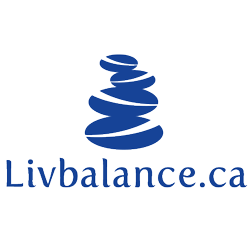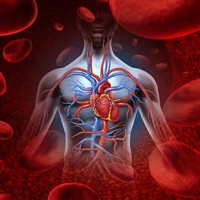Vitamin C is one of the greatest defenses in our constant fight against toxins, pathogens, and oxidative stress. Because vitamin C is water soluble – meaning it dissolves in water and cannot be stored in the body for later use- this substance occupies an especially important position in the body’s list of required nutrients.
It is well documented that there is a huge fluctuation in vitamin C production in animals that make their own vitamin C, especially in response to their current toxic and pathogenic challenges. A human’s need for vitamin C also varies greatly and ranges far above the government’s RDA of 75 to 90mg. According to vitamin C expert Thomas Levy, MD, JD the vitamin C starting point for healthy adults is approximately 6,000 mg and grows in proportion to the level of toxic exposure and the intensity of challenges to the immune system. Naturally, satisfying this need solely through food intake is not possible. On average, there is between 50-100 mg of vitamin C in an orange… That’s a lot of oranges.
Furthermore, the human digestive system is extremely inefficient at getting vitamin C into the bloodstream. Studies show that with traditional forms of vitamin C, as dose size increases, the percentage of vitamin C that gets into the blood dramatically decreases. For example, one study found that when taking a 20 mg dose of water-soluble C, nearly 19 mg of that dose made it into the bloodstream. However, as the dose size increased, that amount dropped dramatically. The study’s findings suggest that when ingesting a dose of 12,000 mg of water-soluble vitamin c, only 2,000 mg, or 17%, will enter the bloodstream.
This resistance to vitamin C assimilation from the digestive tract occurs because vitamin C from traditional tablets, capsules, liquids, and chewables is absorbed by the body through a limited number of portals in the intestinal wall. Only one molecule of ascorbate can pass through a given portal at a time. So, at the point when all the portals are busy, any remaining unabsorbed vitamin C will pass on through to the colon and accumulate there. This is why the quantity of regular vitamin C the body can assimilate is so severely restricted.
With All These Barriers, How Do You Absorb High-Dose Vitamin C?
Many believe that humans used to produce their own vitamin c. So, obtaining vitamin c through the diet many, many years ago was not an issue. Today, our bodies haven’t determined how to effectively absorb traditional, orally-ingested vitamin c. The answer: Liposome Encapsulated Vitamin C.
Numerous variations of oral vitamin C supplement formulations (shape, size, additional ingredients, slight improvements in tableting processes, chewable, etc.) have entered the marketplace. But none of these significantly improved the bioavailability of oral vitamin C, other than liposome encapsulation.






